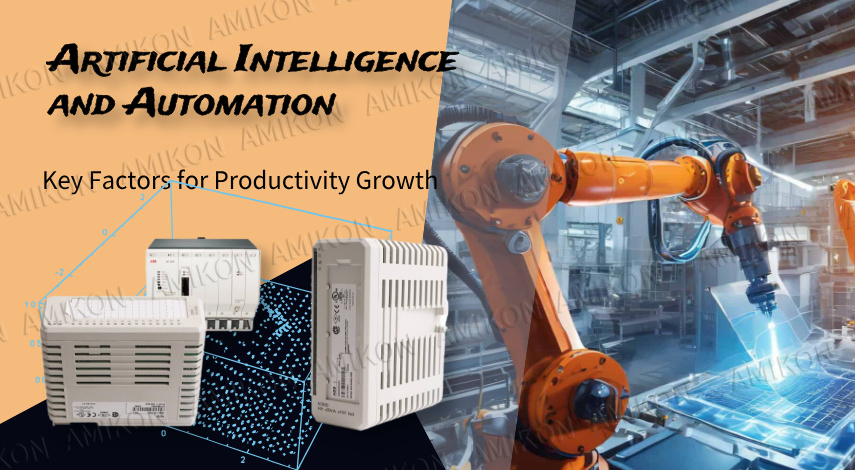With the development of Industry 4.0, the automation of traditional manufacturing processes is radically changing, moving from simple automation to fully automated data processing systems. Artificial intelligence and automation are essential tools for increasing productivity, reducing costs, and achieving growth.
What is automation?
Automation is different from traditional machines or programmable logic controllers (PLCs). It uses artificial intelligence (AI), machine learning, the Internet of Things (IoT), and big data analytics in manufacturing processes to enable tools and systems to:
1.Strategic planning: Automatically adjust performance based on real-time data.
2.Asset protection: Helps assess the extent of asset failures and minimize downtime.
3.Automated decision-making: Only the best execution is adopted and the results of the analysis are analyzed.
This approach not only increases productivity, but also helps companies save significantly by reducing human intervention and errors.
Interview Guide.
Automation has many industrial applications:
✦ Manufacturing: Streamline production processes using AI to produce smaller, more diverse products.
✦ Transportation and Warehousing: Distributors increase inventory levels by simplifying transportation routes.
✦ Energy and Chemicals: Waste management helps reduce waste and energy consumption.
✦ Quality Control: AI-based visual inspection systems automatically detect product defects and improve quality control.
For example, in automotive component manufacturing, AI-equipped robots can adjust welding parameters based on real-time inspections, reducing downtime and increasing flexibility.
Key Benefits
1.Increased Efficiency: Improving manufacturing processes can significantly increase productivity.
2.Cost savings: Expert safety and planning reduce downtime and energy consumption.
3.Data analytics: Companies can analyze design data to improve supply chains and manufacturing processes.
4.Sustainability: Intelligent systems help reduce energy consumption and increase efficiency.
Performance challenges
Although AI and intelligent automation systems offer great benefits, companies face challenges when using them:
✦ Integrating powerful technologies: Integrating AI, IoT, and automation in today's world.
✦ High-dimensional data requirements: AI systems rely on high-dimensional data for training and prediction.
✦ Employee training highlights: Employees should be able to receive feedback and evaluate the capabilities of the new system.
Thus, by using automation, organizations can participate in their own processes, streamline them, and contribute to increased knowledge.
Hope for the Future
With the development of AI technology, automation is gradually moving from "decision support" to "process automation." Future projects will benefit from machines capable of adapting their operations based on market demands, production processes, and energy availability.

|
PTN30R2-1-NES-BR00KS2
|
PCS009
|
STEC-NA2
|
|
6AV6645-7AB10-1AS0
|
PCS695
|
BKO-FA0507H07
|
|
6AV6645-0BE02-0AX0
|
PCS920
|
2711T-T10I1N1-TC
|
|
PHJ 2000- EL
|
PCS950c
|
TP-C20EB
|
|
OP 5150LD/M-2110
|
BT 20-24-Z-CFL
|
6ES7646-0BC20-0AA0
|
|
E410 04822
|
PCS950
|
6FC5203-0AF04-1BA0
|
|
eTOP605
|
2733155
|
6FC5203-0AB20-1AA0
|
|
XK3139(IND560)
|
PCS950 PLUS MPI/Profibus-DP
|
A5E00101437/KS06
|
|
E201576
|
CNC S 525 x PPG 3A 16+16 I/O
|
A5E0083216/KS06
|
|
IND570
|
FOCUS.FL
|
A5E00101437/KS03
|
|
NA5-7W001B
|
MC7522
|
A5E00360554/007
|
|
PCD7.D457VTCF
|
DX2048T-3-4-1
|
6AV3617/5BB00-0AB0
|


